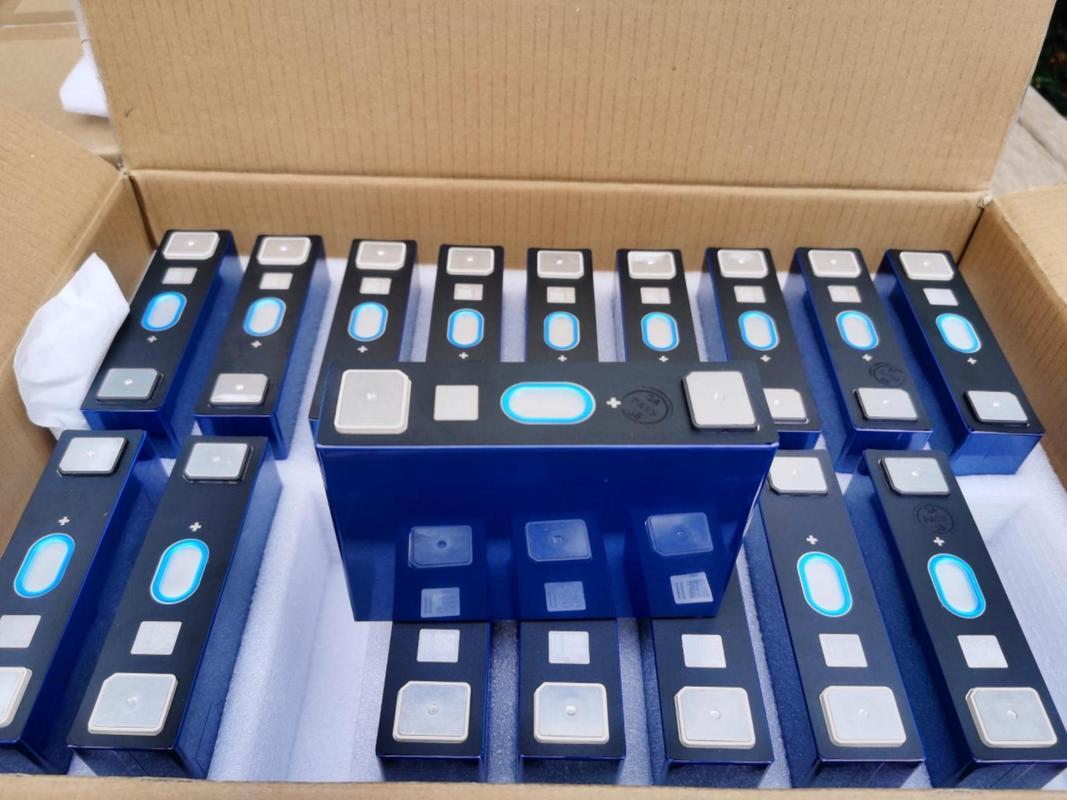
Lithium Iron Phosphate (LiFePO4) batteries have become a cornerstone in modern energy storage solutions. Praised for their exceptional thermal stability, long cycle life, and safety advantages, these batteries are widely used in electric vehicles, solar energy systems, marine applications, and backup power supplies. Unlike traditional lithium-ion batteries, LiFePO4 cells are far less prone to overheating and degradation, making them a smart, long-term investment.
Float voltage is the voltage level at which a battery is maintained after being fully charged. It keeps the battery topped off without overcharging it. This setting is particularly vital in applications with continuous power connections, such as solar power systems or uninterruptible power supplies (UPS). Maintaining the right float voltage ensures battery health, stability, and extended lifespan.
While LiFePO4 chemistry is inherently safer than other lithium-based batteries, incorrect float voltage settings can still cause trouble. Overcharging—even at a low level—can gradually degrade the cells, increase internal resistance, or create heat buildup over time. On the other hand, undercharging reduces the battery's usable capacity. Getting the float voltage right is key to maximizing battery performance and safety.
The optimal float voltage for a LiFePO4 cell ranges between 3.2V and 3.3V per cell. For a 12.8V (4-cell) battery, this translates to about 12.8V to 13.2V. This voltage window ensures the battery stays fully charged without triggering stress that could lead to premature wear or failure.
| Configuration | Optimal Float Voltage |
|---|---|
| 1 Cell (3.2V) | 3.2V – 3.3V |
| 4S (12.8V) | 12.8V – 13.2V |
| 8S (25.6V) | 25.6V – 26.4V |
If float voltage is set too high, it may lead to:
Reduced cycle life
Elevated internal resistance
Thermal stress
Swelling or electrolyte breakdown
In extreme cases, thermal runaway
If set too low, the battery may:
Deliver less usable capacity
Remain partially charged
Enter deep discharge cycles more frequently
To ensure accurate float voltage settings:
Use a LiFePO4-compatible charger or inverter that allows custom voltage settings.
Consult the battery manufacturer’s datasheet for voltage recommendations.
If using a Battery Management System (BMS), ensure it is programmed to regulate and limit float voltage according to LiFePO4 chemistry specs.
Always account for temperature compensation, especially in outdoor environments.
Monitoring float voltage is simple yet crucial:
Use a digital multimeter to check the voltage across terminals.
For continuous monitoring, install a battery monitor or smart BMS.
Ensure measurements are taken while the battery is idle and not under load to get accurate readings.
Several variables can influence the ideal float voltage, including:
Ambient temperature: Higher temperatures may require lower float settings.
Battery age and condition: Older cells may behave differently.
Charging source quality: Low-grade chargers may fluctuate voltage levels.
Connection quality: Loose or corroded terminals can cause voltage drops.
Safety always comes first. Keep the following in mind:
Never exceed manufacturer-recommended voltages.
Install fuses and disconnect switches.
Avoid charging below 0°C (32°F) unless the battery has a low-temperature charging cut-off.
Use fire-retardant enclosures in critical applications.
Regularly inspect your battery and connections for signs of wear or corrosion.
| Battery Type | Float Voltage Sensitivity | Risk of Overcharging |
|---|---|---|
| Lead-Acid | High | Very High |
| Li-ion (NMC, LCO, etc.) | Moderate | High |
| LiFePO4 | Low | Moderate |
Unlike lead-acid batteries, LiFePO4 chemistry is far more forgiving when left on float charge. However, that does not mean you can ignore float voltage settings altogether.
To ensure long-term reliability:
Check float voltage monthly, especially in off-grid systems.
Keep batteries within the recommended temperature range (typically 0°C to 45°C during charging).
Avoid full discharges and recharge before the voltage drops below 2.5V per cell.
Update firmware of your smart BMS or charger to stay compatible with newer voltage profiles.
LiFePO4 batteries are trusted in:
Solar and off-grid systems
Electric vehicles (EVs)
Marine power banks
Telecom base stations
Recreational vehicles (RVs)
Home energy storage systems
All these applications demand precise voltage management to avoid costly downtime or failure.
As the energy storage industry evolves, we can expect:
Smarter BMS technology with real-time float voltage optimization
Cloud-based monitoring tools
Faster charging algorithms that still maintain ideal float conditions
Temperature-adaptive float control systems
These advancements will allow users to automate float voltage settings with AI-enhanced predictive models, reducing manual intervention.
Q1: What happens if the float voltage is set too high?
A1: The battery may overcharge, leading to reduced lifespan, internal stress, and safety hazards.
Q2: Can I use a lead-acid charger on a LiFePO4 battery?
A2: No. Lead-acid chargers typically deliver higher voltages and lack the precision needed for LiFePO4 chemistry.
Q3: How often should I verify float voltage?
A3: Monthly checks are recommended, especially after changes to your power system or charger.
Q4: Can LiFePO4 batteries be over-discharged?
A4: Yes. While more tolerant than other chemistries, deep discharges should still be avoided.
Q5: Can I charge LiFePO4 batteries below freezing?
A5: Charging below 0°C can cause permanent damage. Use a heater or low-temp cutoff system if necessary.
Correctly setting and managing LiFePO4 float voltage is essential to protect your investment and ensure long-term reliability. With the right configuration, ongoing monitoring, and attention to environmental conditions, these batteries can deliver thousands of cycles with minimal degradation. Whether you're powering a solar setup, an electric vehicle, or a telecom tower, float voltage optimization is the key to peak performance and peace of mind.
Next:Gotion's 5MWh Liquid-Cooled ESS Secures EU Certification, Launches German Production
Previous:CATL & BHP Partner: Electrifying Mining for Net Zero Future | Collaboration
Contact Person: Miss. Elsa Liu
| WhatsApp : | +8617763274209 |
|---|---|
| Skype : | +8617763274209 |
| WeChat : | 17763274209 |
| Email : | Elsa@lifepo4-battery.com |